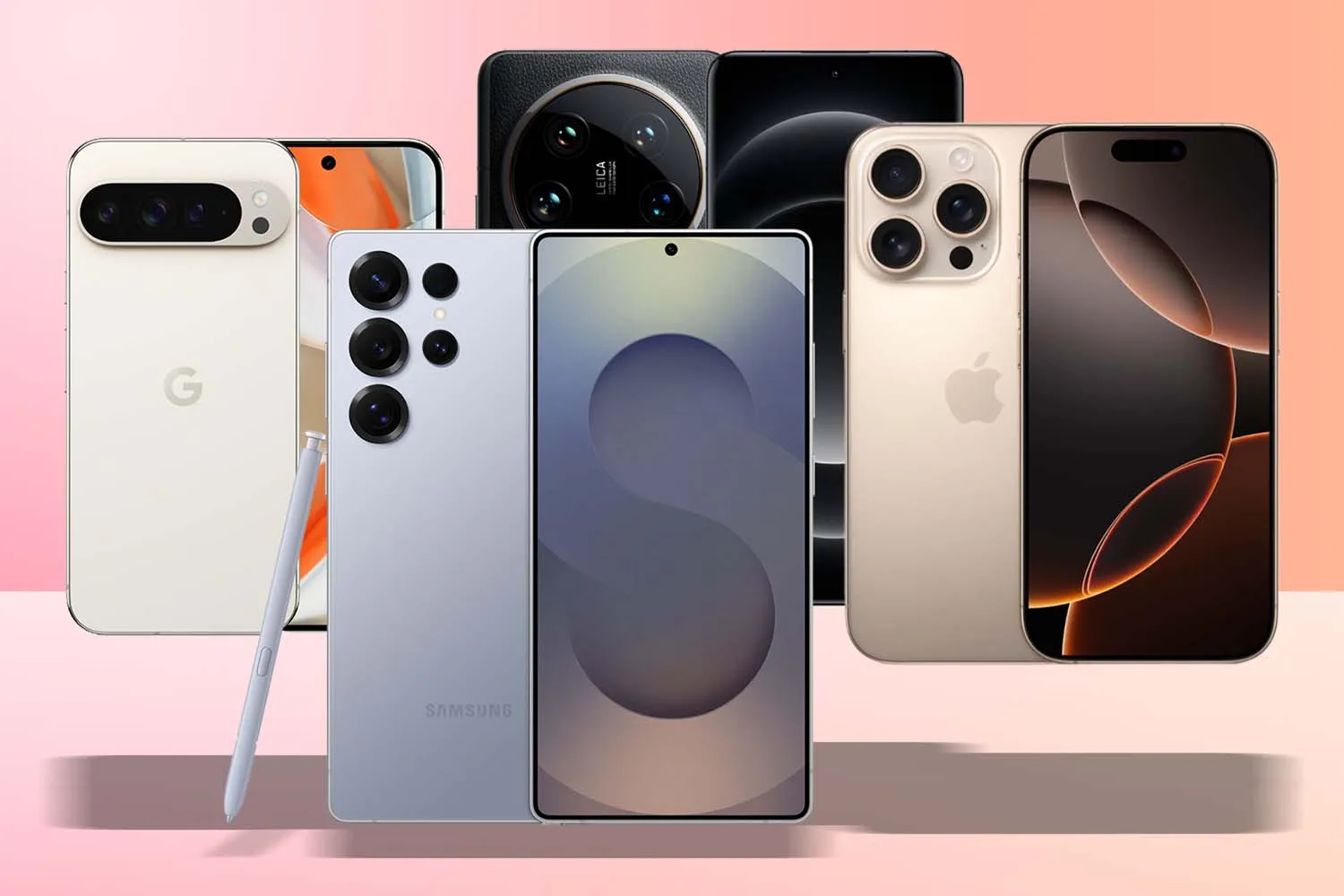When your phone suddenly stops charging, it can be incredibly frustrating. You plug it in, expecting the battery to fill up, but nothing happens. Before you panic and assume your phone is permanently damaged, know that many charging issues are fixable.
Let’s go through some of the most common reasons your phone may not be charging, and what you can do about them.
1. Check the Charging Cable and Adapter
The first thing to inspect is your charging cable and adapter. These items wear out over time, especially if they are bent, twisted, or constantly plugged and unplugged. Here’s how you can tell if they’re the problem:
Use a Different Cable: Try plugging your phone into a different USB cable and adapter that you know works.
Test the Adapter: The wall adapter might be faulty. Try plugging it into a different power outlet or use a USB port on a computer to check if your phone charges.
If switching the cable or adapter works, it’s time to replace the faulty component. Always use certified charging accessories, especially for fast-charging phones.
2. Inspect the Charging Port on Your Phone
Dirt, dust, or lint can collect in the charging port, blocking the connection between the cable and your phone. A clogged port is a common issue, especially if you carry your phone in your pocket.
Solution: Use a flashlight to look into the charging port. Gently clean the port with a toothpick or a small, soft brush. Be careful not to damage the internal components. Try charging again after cleaning.
If the charging port is damaged (loose or broken), you may need professional repair.
3. Check for Software Issues
Sometimes, the problem is in the software rather than the hardware. Your phone’s operating system manages charging, and a software glitch can disrupt it.
Solution: Restart Your Phone: Sometimes, a simple restart can reset the charging function.
Update the Operating System: Check for any system updates, as they often fix bugs and improve performance.
Turn Off the Phone While Charging: In some cases, charging with the phone off can help reset the charging mechanism.
4. Battery Health
If your phone is older, the battery might be deteriorating. Lithium-ion batteries degrade over time and lose their ability to hold a charge.
Solution: Check Battery Health: Some phones, like iPhones, let you check battery health in settings. If the battery capacity is very low (around 80% or less), it may need replacement.
Battery Calibration: Occasionally, calibrating the battery can help. Fully charge your phone, use it until it completely drains, and then fully recharge it without interruptions.
If you notice significant battery issues, consider visiting a repair service to assess whether a battery replacement is necessary.
5. Power Source Problems
Sometimes, the issue isn’t with your phone or charger but with the power source itself. If you’re plugging into a faulty outlet or a low-power USB port, your phone might not charge properly.
Solution: Try a different outlet or use a direct wall plug instead of a USB port on a computer, as these can be low-power. Use a surge protector if you’re concerned about inconsistent power supply.
6. Third-Party Apps Affecting Charging
Some apps can interfere with your phone’s charging, especially if they are running in the background and consuming a lot of battery. Certain apps may also cause overheating, which can slow down charging or cause it to stop.
Solution: Close all apps and see if your phone charges. Check your battery usage stats in settings to see if any apps are draining the battery abnormally.
Uninstall or restrict background activity for apps that seem to affect charging performance.
7. Overheating and Temperature Issues
Phones have built-in temperature sensors to prevent mobile phone from overheating, which can shut down charging if the phone becomes too hot or cold. Overheating may occur due to environmental factors or prolonged use of intensive apps.
Solution: Avoid charging your phone in direct sunlight or in hot conditions. Let your phone cool down before charging if it feels too hot. Take off the phone case while charging to allow better ventilation.
8. Faulty Charging Port
Over time, repeated plugging and unplugging can damage the internal connections of the charging port. A loose or damaged charging port can prevent your phone from charging.
Solution: If the port is visibly damaged or feels loose, a professional repair may be necessary.
Avoid applying excessive pressure while plugging or unplugging the charging cable.
When to Seek Professional Help
If none of the solutions above work, it might be time to consult a technician. Charging issues that stem from internal hardware, like a faulty motherboard or a worn-out charging port, usually require professional assistance.
Final Thoughts
Charging issues are common, and they don’t always mean your phone is permanently damaged. By methodically checking your cable, adapter, power source, and software, you can identify the most likely cause and often resolve the issue on your own. Keeping your phone and accessories in good condition can also prevent many common charging problems.



